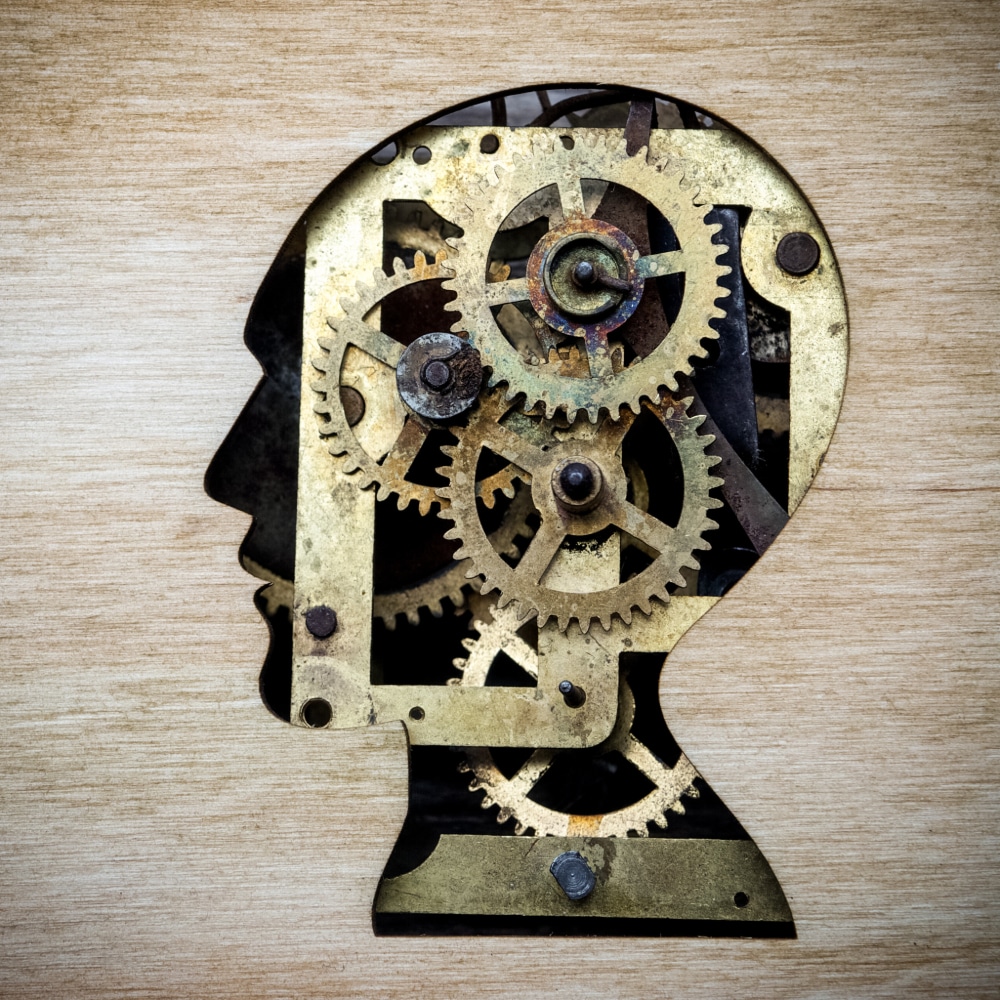Attentional Bias Modification

We are bombarded with sensory information every moment of our existence. The body receives a near-constant stream of sensations, and the brain determines which ones are important. Under stress, however, the brain can get a little sensitive and obsess over certain signals with damaging consequences.
Paying heightened attention to certain signals while downplaying other signals is known as attentional bias. The prototypical attentional bias is hunger. When we are hungry, it becomes difficult to pay attention to other things. The hungry person has a heightened awareness of food-related smells, sounds and images.
Attentional bias is very much a learned behavior. It is natural to remember where and when you found foods you liked, and which foods made you sick in the past. This prioritizing of likes and dislikes leads to anticipation bias. Anticipation bias “causes people to overestimate the intensity of both positive and negative emotional experiences before they occur.”
Attentional bias is most often a concern when stress causes people to over-focus on certain stimuli at the expense of others. One example of attentional bias is risk aversion. According to Nobel-Award winning psychologist, Daniel Kahneman, author of Thinking, Fast and Slow, our fear of making mistakes is out of proportion to the likelihood of that happening. Even a small loss is remembered much more than a significant gain.
Attentional bias also plays a strong role in behavioral addictions and substance use disorders. The reward of substance use is remembered favorably for its ability to reduce pain and stress. This leads to an anticipation bias that keeps the mind focused on cues that signal an impending reward.
Once a substance or behavior has proven to relieve stress, that behavior or substance can become addictive. The way addiction works, the body begins to crave the substances or behaviors that alleviate pain and stress, until the pain and stress are being caused by abstinence from the substance or behavior.
In short, the remedy becomes a source of pain that gets worse the more you use it. This is true of binge eating, binge drinking, excessive gambling, gaming, or pornography use — they all damage the brain by focusing attention on cues related to a person’s obsessions.
Attentional Bias Modification
What if there was a way to repair attentional bias so that people who suffer from behavioral or substance use disorders are less bothered by signals, cues, and the cravings calling them back to abuse?
Well, there is such a method that has been proven to reduce the strength and frequency of cravings during withdrawal. It’s called attentional bias modification, and a number of recent studies shows its effectiveness in calming urges and cravings.
In a review of 34 scientific studies using attentional bias modification (ABM) to treat anxiety, researchers found “ABM-positive-search training appears promising in reducing anxiety.”
One of the techniques studied is threat avoidance training. Using images of cues on a computer screen along with other images, a user must pay attention to actually retrain the mind against overreacting to threat cues. Another technique is positive search training, which forces the user to find positive imagery amongst neutral or threatening background imagery.
The record of these therapies is somewhat mixed, depending upon the method used and the environment (they are more effective in the classroom than at home). Threat avoidance training is effective at reducing attentional bias toward threats, but has not been shown to be effective at actually reducing anxiety. Positive search training improves both bias toward threat and anxiety.
Another recent study examined the use of ABM for the treatment of depression. The study involved 45 volunteer students, aged 19-38, randomly assigned to one of three groups: experimental, placebo, and non-intervention. Interviews were conducted with the initial pool of 245 volunteers, and participants were excluded for the following reasons:
- Were currently using psychiatric medications
- Were undergoing psychotherapy
- Had a history of psychiatric diagnosis or suicide attempts
- Had comorbid psychopathology
- Were experiencing grief or bereavement
- Had visual impairments or lacked basic computer literacy
All the remaining 45 participants had “mild depressive symptoms.” Previous studies have found ABM “effective in mild to moderate depression, while its effectiveness decreases in severe depression.” ABM has also been shown to be effective at reducing depression relapse.
Participants in the experimental group received daily ABM sessions for 10 consecutive days, consisting of a version of the “dot probe task.” The dot probe task is a form of positive search training, where the target was paired with a positive image 90% of the time. The placebo group received positive images only 50% of the time. The non-intervention group did not conduct the dot probe task.
Participants completed assessments post-treatment, and they were compared to pre-training assessments for all three groups. Researchers concluded:
The results revealed statistically significant differences in the levels of attentional bias and depressive mood in the experimental group.
Finally, I will briefly mention a form of ABM previously covered on AddictionNews. It was developed by Dr. Reinout W. Wiers, author of A New Approach to Addiction and Choice, and involves training people with alcohol use disorder (AUD) to be less sensitive to alcohol cues.
Dr. Weirs refined the dot probe task and replaced it with a joystick that patients use to pull positive images toward them and push alcohol-related images away. This method reliably works to reduce attentional bias and relapse, and has been incorporated into the standard treatment for AUD in Germany and other European nations.
Written by Steve O’Keefe. First published October 9, 2025.
Sources:
“Attention Bias Modification (ABM): Review of Effects of Multisession ABM Training on Anxiety and Threat-Related Attention in High-Anxious Individuals,” Clinical Psychological Science, April 6, 2017.
“Effect of attention bias modification on depressive affect,” Nature: Scientific Reports, July 11, 2025.
“The Attention Bias Modification Approach to Anxiety: Origins, Limitations, and Opportunities,” The American Journal of Psychiatry, May 1, 2023.
Image Copyright: vetre.




